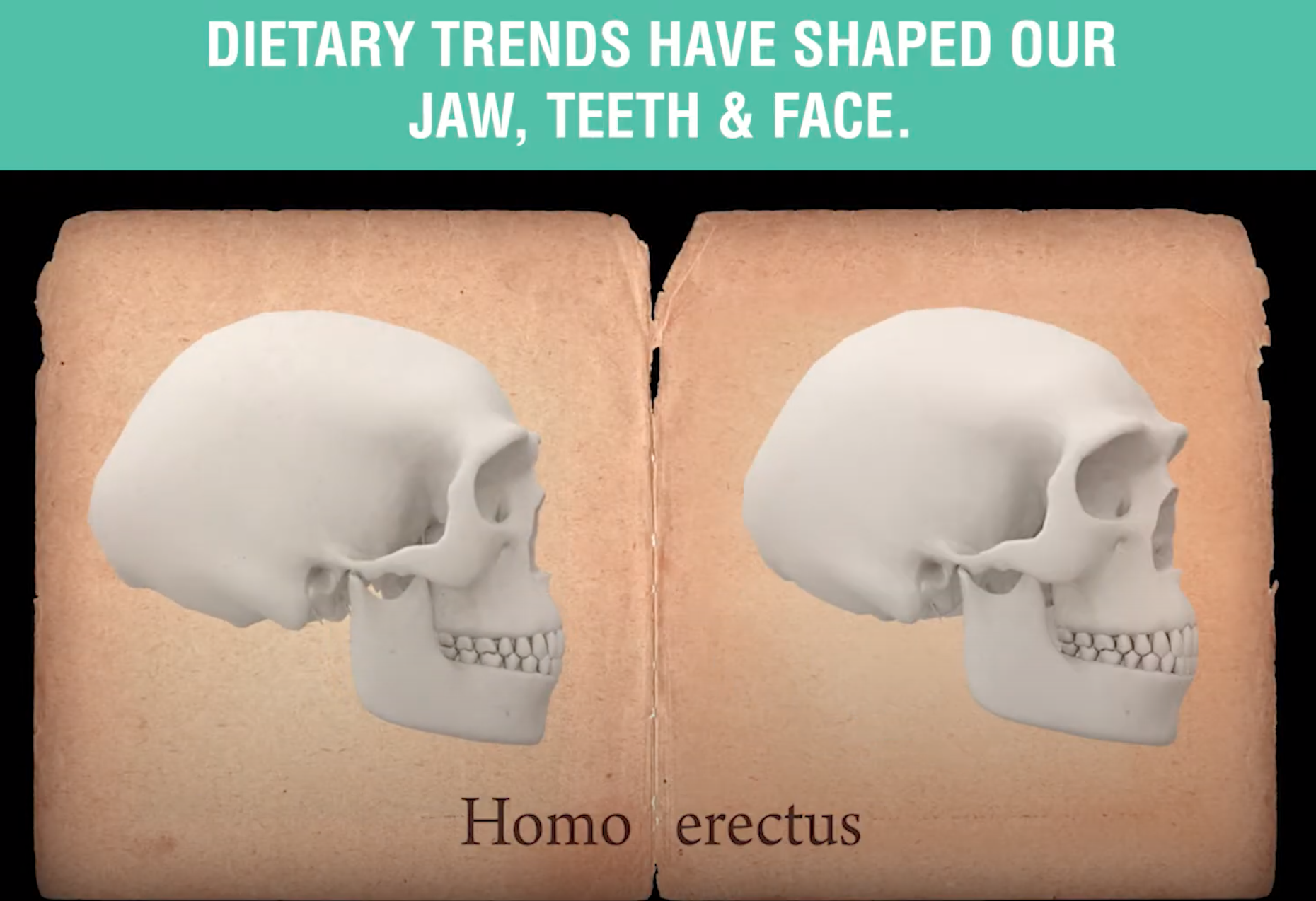
Evolution of The Human Face: We Are What We Chew
July 4, 2020
Evolution of The Human Face: We Are What We Chew
When you see your face in the mirror, you’re looking at four million years of dental evolution. A recent study by Arizona State University shows how changes in the jaw, teeth, and face are basically responses to dietary and feeding trends.
The earliest humans ate tough plants that called for large jaw muscles and cheek teeth. As a result, their faces were broad and deep.
Later, as we began cutting and breaking down our food, our mouths didn’t have to work so hard. Our large, sharp canine teeth and large brow ridges disappeared as our faces flattened and became more delicate.
While we might not require the chewing power we once did, it’s still important to have strong teeth and a toned jaw. A dental plan available through IRTA and AMBA can mean significant savings on everything from routine exams to costly procedures. It’s a great way to maintain the health of your teeth, gums and overall health.
After all, when it comes to your face, a smile is the highest form of evolution.
To get a Dental Plan through IRTA and AMBA, call 877-556-4578 or go to ambadentalvision.com.
Source: www.sciencedaily.com/releases/2019/04/190415113813.htm
RECENT POSTS
AMBA’s Essential Insights in Dental Health: Understanding Cavities
Have you ever experienced pain or noticed persistent sensitivity in your teeth? You might have a cavity. Cavities are common,
Read More
Keep “Looking” Your Best: The Unique Eye Health Challenges for Women Over 55
March is Women’s History Month, a time to celebrate women's contributions to American history and society. It’s
Read More

AMBA’s Eyewear Trends for 2025: Stylish and Practical Options for Older Adults
The days when eyeglasses were just a functional accessory to help improve vision are long gone. Today, eyeglasses are one of
Read More

Be Ready for Unexpected Expenses in Retirement. AMBA Has the Tips You Need.
Whether you’re already retired or it’s coming up on the horizon, planning your retirement is essential. Many people
Read More

